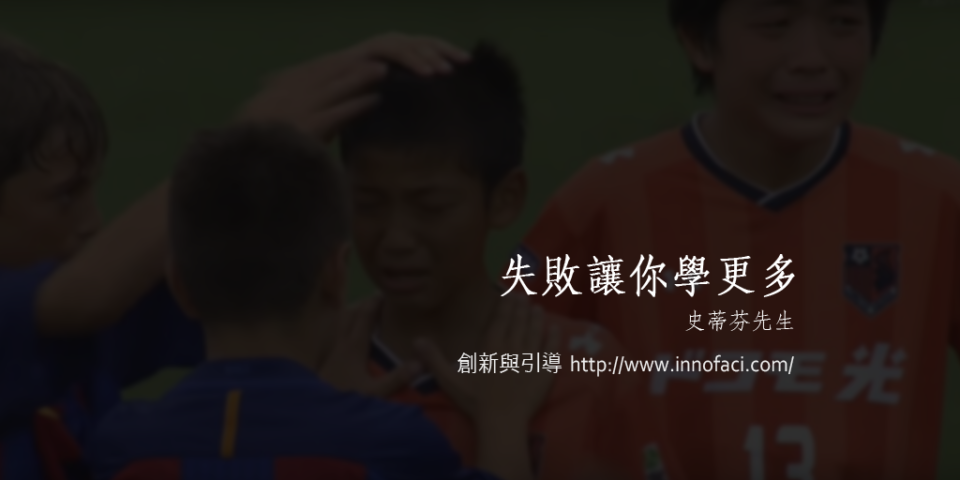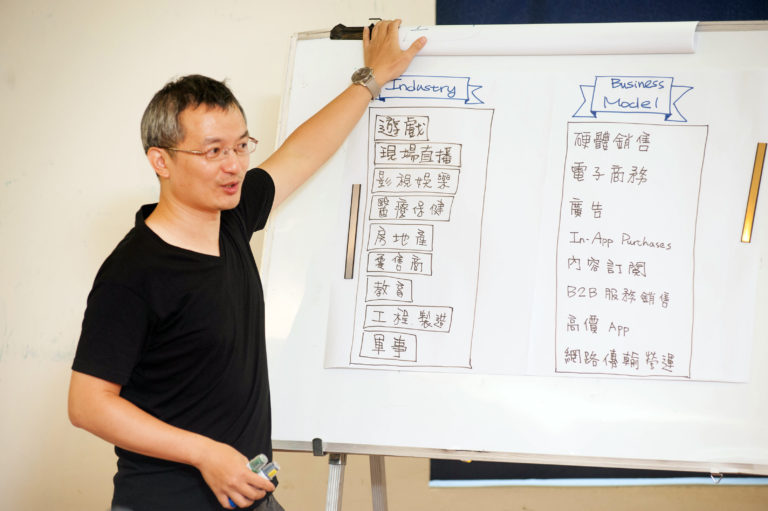最近在回顧過去 3 年來所走的創新之路,到底有沒有成功,如果有,那成功了什麼;如果沒有,那是為什麼。我必須誠實的說:
失敗的比成功的多,而且,多很多!
可是,我一點都不覺得失敗有什麼好隱藏,不能對別人說的。
當我讀到《Group Genius,團隊的天才》作者 Keith Sawyer 寫的〈Failure and Innovation〉和華爾街日報專欄作家 Sue Shellenbarger 寫的 〈Better Ideas Through Failure〉,得到了一些例證。
首先,Keith 說:
Failure is necessary for innovation.
失敗是創新必經之路。
或多或少我們都聽過這樣的論述,但相信不相信又是另一回事。而且能不能嘗試透過失敗而創新,則又是另一回事。
Keith 引用了 Sue 在她華爾街日報專欄裡的兩個實例:
案例一:Grey New York 的單季英雄獎章
這個英雄不是我們一般認知的那種英雄,而是能夠
… takes a big, edgy risk and fails, even though the idea had clearly seemed like a good one.
採取更大更前衛行動,即使失敗了也能證明這是個好點子
的人。
案例二:SurePayroll 頒發年度最佳失誤獎金
對象是
… if you are trying hard, make a mistake, and learn from it…
努力過、失敗過,然後從中學到經驗教訓的人。
那麼,你將可以得到年度最佳失誤獎金,400 美元。
從失敗學習
Keith 在他的書中有提到 Learning from Failure,就是這個意思。他說:
Successful innovators… don’t succeed by getting lucky and blessed with a rare good idea, They succeed by way of many small sparks, and by drawing on collaboration over time to build those sparks into something tremendous. Many of the ideas turn out to be wildly off the mark, but it turns out many not-so-good ideas are needed on the way to that rare great idea.
成功並不是靠運氣,或是拜難得的好點子之賜。他們的成功源自於許多的靈感火花,加上長期協作,將那些靈感火花打造出某種了不起的創新。在過程中,很多想法也許與最後結果毫不相干,卻是促成好點子不可或缺的。
接著,他說:
Successful innovators learn from their failures.
成功的創新人才從失敗中學習。Successful innovators keep having ideas.
成功的創新人才不斷有各種想法。
更重要的提醒是,
They know that most of their ideas won’t work out, and they’re quick to cut their losses and pursue those few good ideas that resonate with their collaborators.
不過,他們知道大部分的點子不會有結果,他們也會迅速地及早收手,轉而追求那些為數不多但卻能激發協作者迴響的好點子。
你失敗過嗎?失敗之後你學了什麼呢?有讓你離所設定的成功更進一步嗎?分享你的看法或疑問吧!






